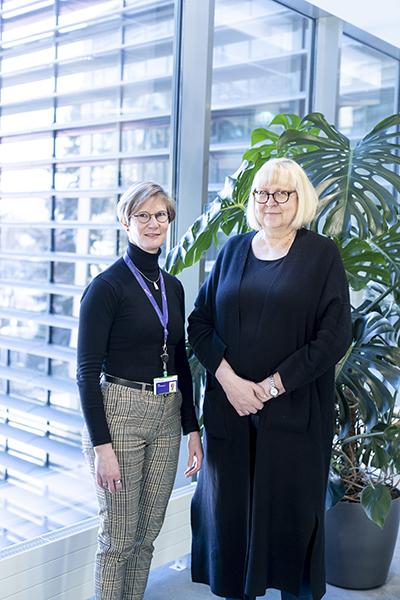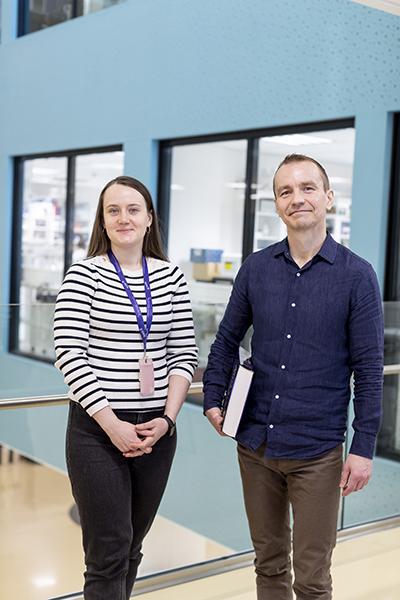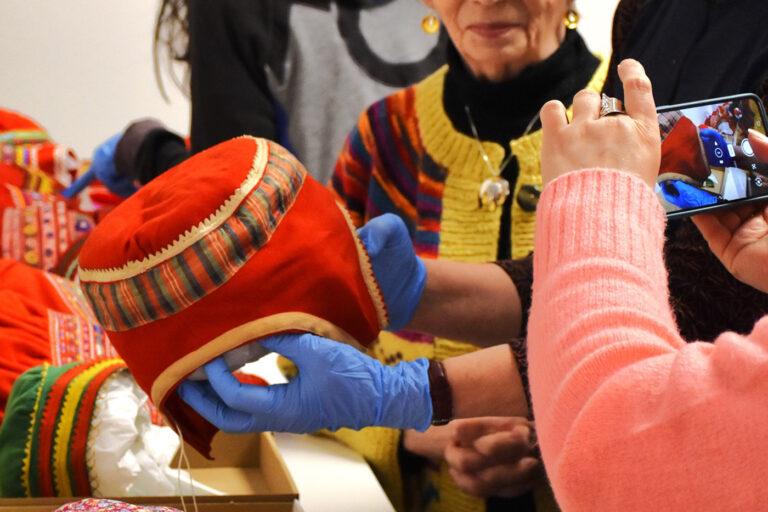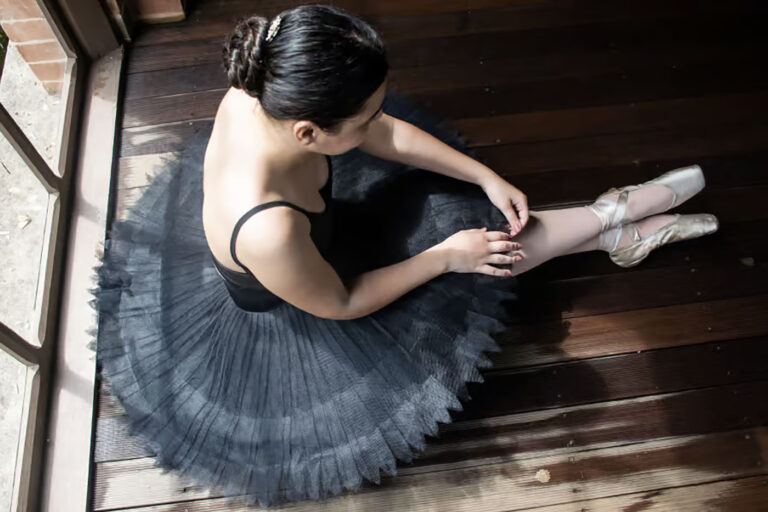Advances in gluten research
Tampere University’s Celiac Disease Research Center is investigating whether people who don’t have celiac disease (non-celiacs) benefit from a gluten-free diet. On the other hand, even a diet change is not necessarily enough for celiacs, and they may need medication for the rest of their life.
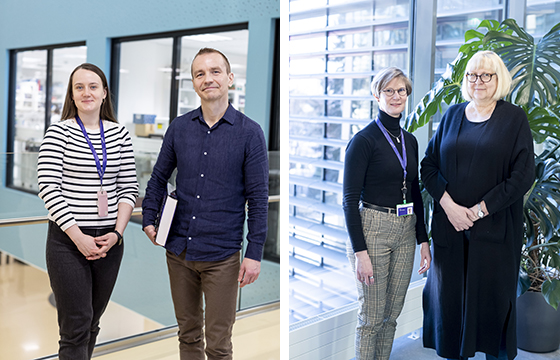
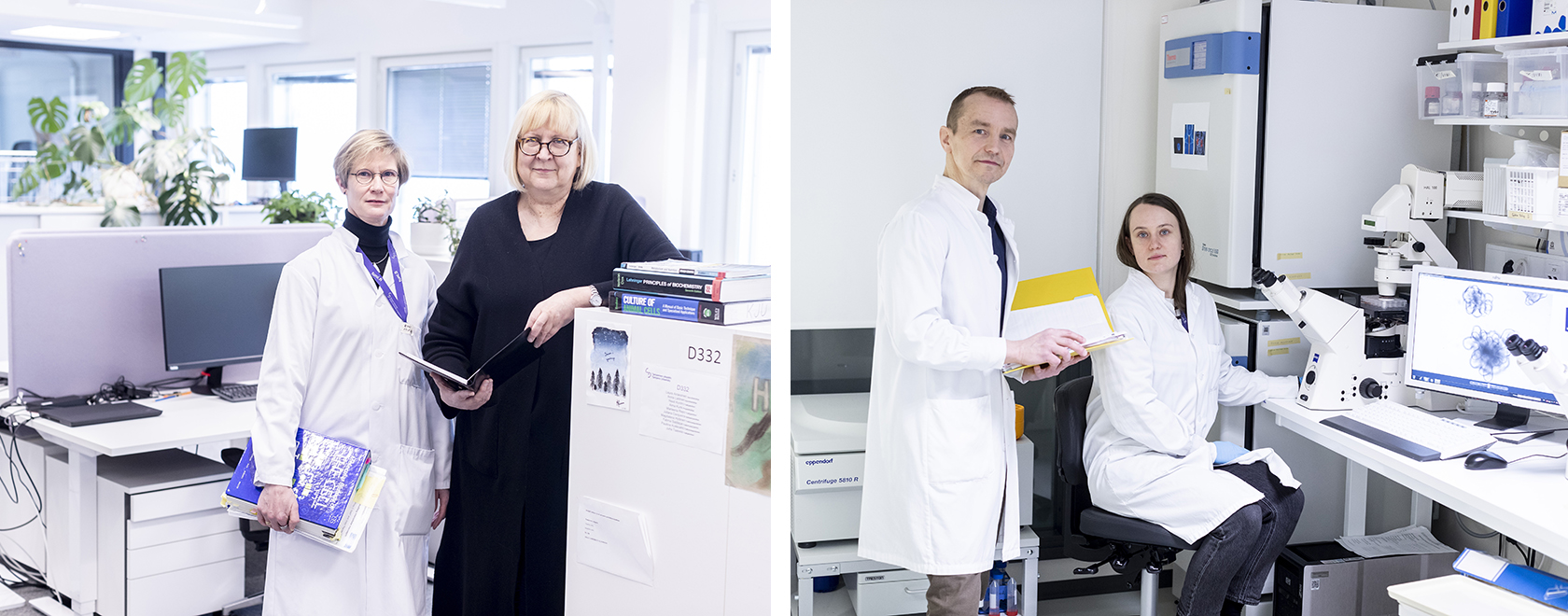
Wheat, barley and rye contain a protein called gluten. In about two percent of the population, it causes an inflammatory reaction that damages the lining of the small intestine, in other words celiac disease.
Gluten is however also avoided by many people who don’t have celiac disease. Many feel their lives are healthier without wheat, barley and rye – and the trend has reached Finland too.
– People can have cereal (grain) allergies and also non-celiac gluten sensitivity, but most of the hype about grain-free food is not based on research results, says Katri Kaukinen, professor of internal medicine and director of Tampere University’s Celiac Disease Research Center.
– Cereals in the sense of grains have fibre, vitamins, and minerals. They also provide an efficient way of producing large amounts of energy for humankind. In fact, one might ask whether avoiding cereals hurts people more than it helps.
Extensive epidemiological data is available in Finland that can be used to find an answer to this question, and the Celiac Disease Research Center has started to do this with Kaukinen at the helm.
A 2000‒2011 longitudinal study of the Finnish Institute for Health and Welfare extensively followed the development of the health of adults. About 4,000 people were interviewed about their eating habits, and they gave blood and urine samples. Some of their genes were also studied.
The data enables differentiating celiacs from people who avoid gluten for other reasons. The data also shows whether gluten avoidance has benefited them.
– I’m quite critical, but we’ll soon get results and see what’s true about gluten avoidance, Kaukinen promises.
The Tampere celiac researchers are also trying to find better diagnostic methods of identifying family members of celiacs who need special diets.
– There are good celiac disease tests, but they don’t identify all celiacs, especially in the early stage.
Improved tests could for example identify biomarkers in blood, urine, and excrement. A risk calculator that takes into consideration many different factors could also be useful.
There is also plenty left to research on treatments. It was thought that the inflammatory reaction of the intestinal lining would eventually heal when a celiac stops eating cereals.
It has however been recently observed that the intestinal lining does not heal completely. Its damages may partly be inborn anomalies that are part of celiac disease. In that case, the nutrient absorption of celiacs is permanently disturbed, and they may need medication or dietary supplements for the rest of their lives.
Research on permanent damages of intestinal lining (villi) at Tampere University is under the direction of Kati Juuti-Uusitalo, university lecturer in biotechnology.
And celiac medication is being studied at Tampere University’s Celiac Disease Research Center by a research group led by Keijo Viiri, associate professor in molecular biology. His research group is collaborating with a German pharmaceutical company and studying a drug the Germans developed that prevents the activity of the small intestine’s TG2 transglutaminase enzyme.
– The gluten component gliadin is what sets off inflammation in celiacs. TG2 is a normal protein in the human small intestine that modifies gliadin such that its glutamines turn into glutamate. Celiacs get an inflammatory reaction from gliadin that changes in this way. The hypothesis to be tested is that the inflammatory reaction does not come when the TG2’s activity is inhibited, Viiri explains.
The drug has worked well in preliminary clinical trials and seems to prevent the damages caused by gluten.
Viiri’s research group has however observed that microscopic i.e. histomorphometric analysis does not always tell all about an intestine’s ability to function. What is required is measurement of gene activities, in other words so-called molecular histomorphometry.
– A celiac’s intestine may look normal, but its surface may be so damaged at the molecular level that dietary minerals, for example, are not absorbed properly.
Viiri’s research team is studying the gene activity of the patients and control group members in the data collected by the pharmaceutical company. At the same time, they are studying whether the drug’s healing effect can be observed in the form of possibly higher nutrient, mineral, and vitamin levels in the bloodstream.
The goal is to find out if the pharmaceutical company’s TG2 inhibitors work as well at the molecular level as they do at the microscopic level.
If the drug works well at the molecular level, does that mean celiacs can begin to eat wheat, barley, rye, and oats?
– I’m a researcher, not a doctor, so I won’t venture to give an opinion on that. But there’s always a small amount of gluten even in a gluten-free diet, and the most sensitive celiacs get symptoms from this so-called residual gluten, Viiri points out.
– It’s hard to avoid gluten on trips abroad too. So continuous medication could make life easier for celiacs even if they don’t quit their diet.
Edit 8.9.2022: removed oats from the list of crops containing gluten.
Professor Katri Kaukinen and Associate Professor Kati Juuti-Uusitalo received a grant of €250,000 in 2022 for research on the positive and negative health effects of dietary gluten.
Associate Professor Keijo Viiri and his working group received a grant of €200,000 for research on celiac disease treatment and on molecular-level damage caused by dietary gluten.
